Quantum Physics: Unearthing Its Influences on Modern Literature
In recent decades, an intriguing and unlikely interdisciplinary interaction has arisen: that of quantum physics and modern literature. The subatomic reality of quantum mechanics has significantly shaped the narratives, metaphors, themes, and structures in contemporary literature. This fascinating relationship has offered authors fresh ways to comprehend and represent human existence, consciousness, reality, and the universe.
Quantum Physics in Literature: Viewing Existence Through a New Lens
Fundamentally, quantum mechanics disrupts the deterministic perspective of classical physics. It posits that particles are subject to probability rather than certainty, thereby unearthing a universe of paradoxes, superpositions and uncertainties. This radical interpretation has simultaneously challenged and inspired writers to step beyond their traditional narrative boundaries and explore relatively unchartered narrative territories.
Distinguished authors have creatively harnessed quantum concepts to unravel issues related to identity, reality, and consciousness in their narratives. Parallel universes, for instance, have been a particularly fruitful ground for authors interested in quantum weirdness. On the other hand, the quantum mechanical concept of superposition—the idea that something can exist in several states at once until observed—has proved a rich vein of exploration concerning human consciousness and perception.
Concrete Examples: Quantum Concepts Meet Modern Literature
An exemplification of such literary influence is Ian McEwan’s novel Solar. The protagonist, a theoretical physicist, attempts to exploit quantum mechanics as a metaphor for his chaotic personal life and professional dilemmas. Quantum ideas, paradoxes, and uncertainties add a subtle layer of meaning to McEwan's rich narrative, enhancing the complexity and depth of the character’s persona.
Moreover, Michael Frayn's play Copenhagen intricately employs quantum mechanics to negotiate philosophical themes of reality, perspective, and human consciousness. The play revolves around the contested historical discussions between prominent physicists Niels Bohr and Werner Heisenberg, cleverly using the principles of quantum uncertainty and superposition to manage interpretations of their actions.
Future Pathways: Quantum Mechanics and Literature
Given its ability to offer stunning new perspectives, the quantum literature relationship is bound to continue evolving. We can expect to witness more writers harnessing quantum mechanics’ profound interpretations to voice their creativity, challenging further our understanding of reality and human consciousness. This relationship will remain an intriguing area for scholars and researchers who straddle these technically disparate yet conceptually intertwined disciplines.
The quantum-literature interaction holds the promise of enriching our knowledge, expanding our imagination, and refining our sensibilities. Its potential to shape future discourse—literary and beyond—is immense. As such, further exploration of this interdisciplinary interaction is paramount for literary evolution and quantum consciousness.
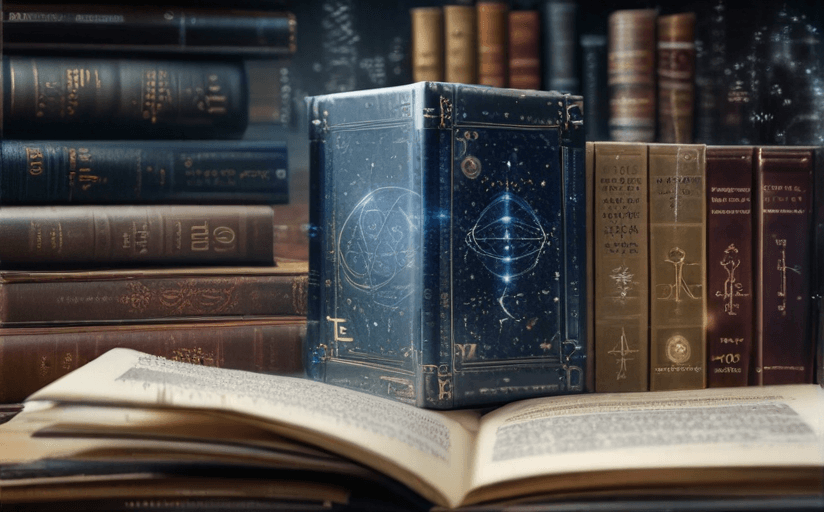

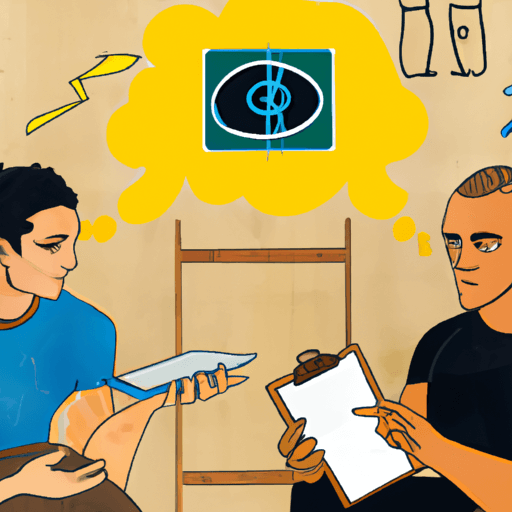



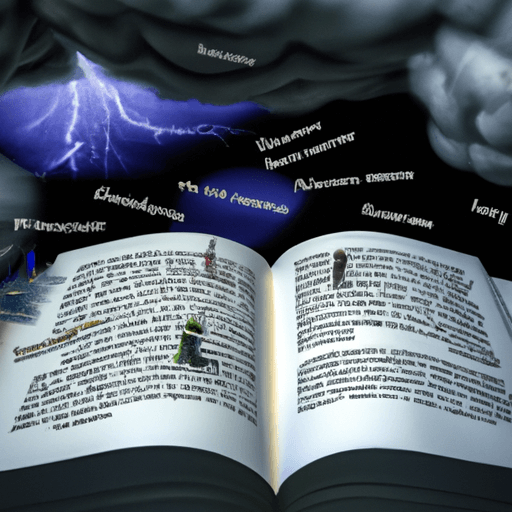
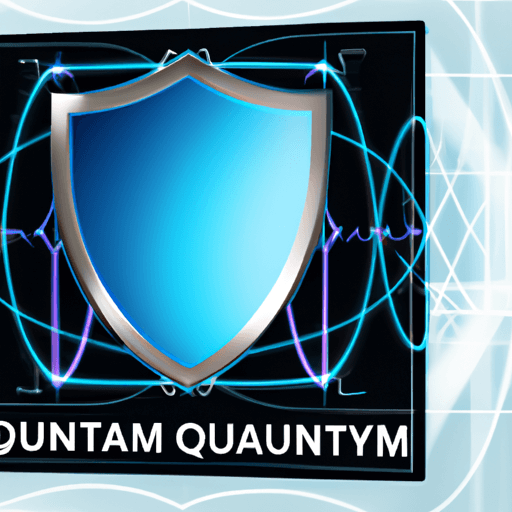
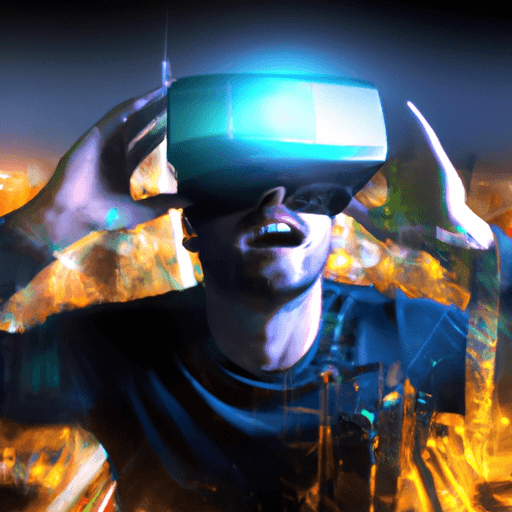

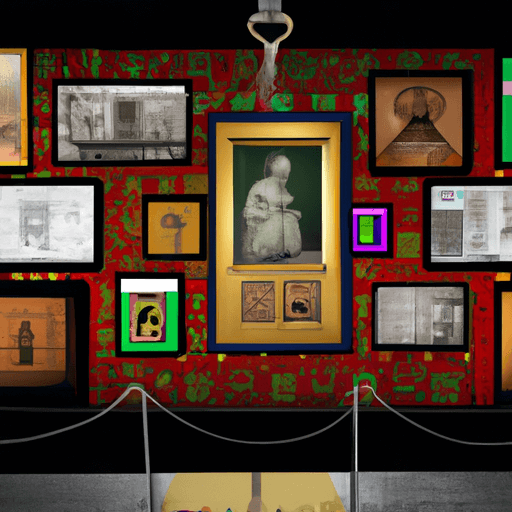




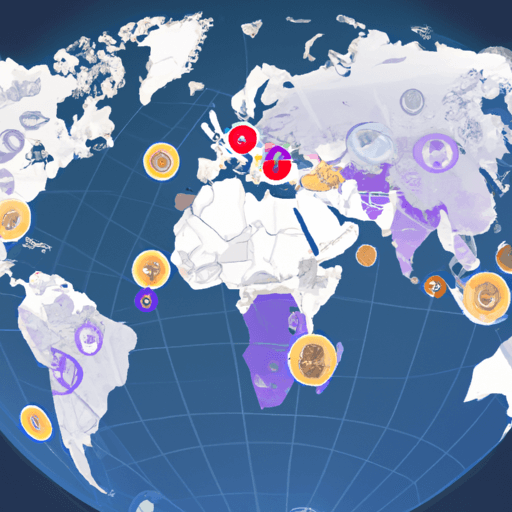


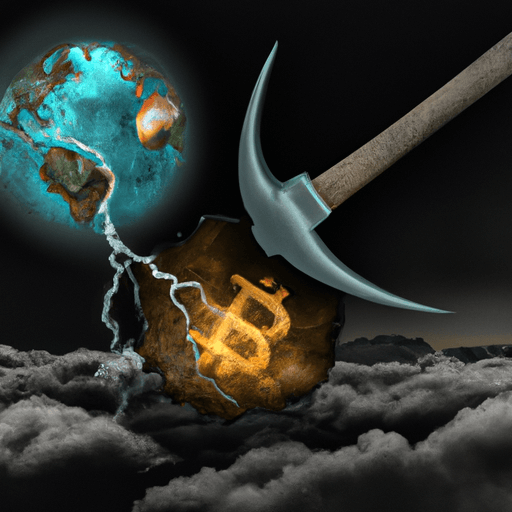
Comments
Leave a Comment